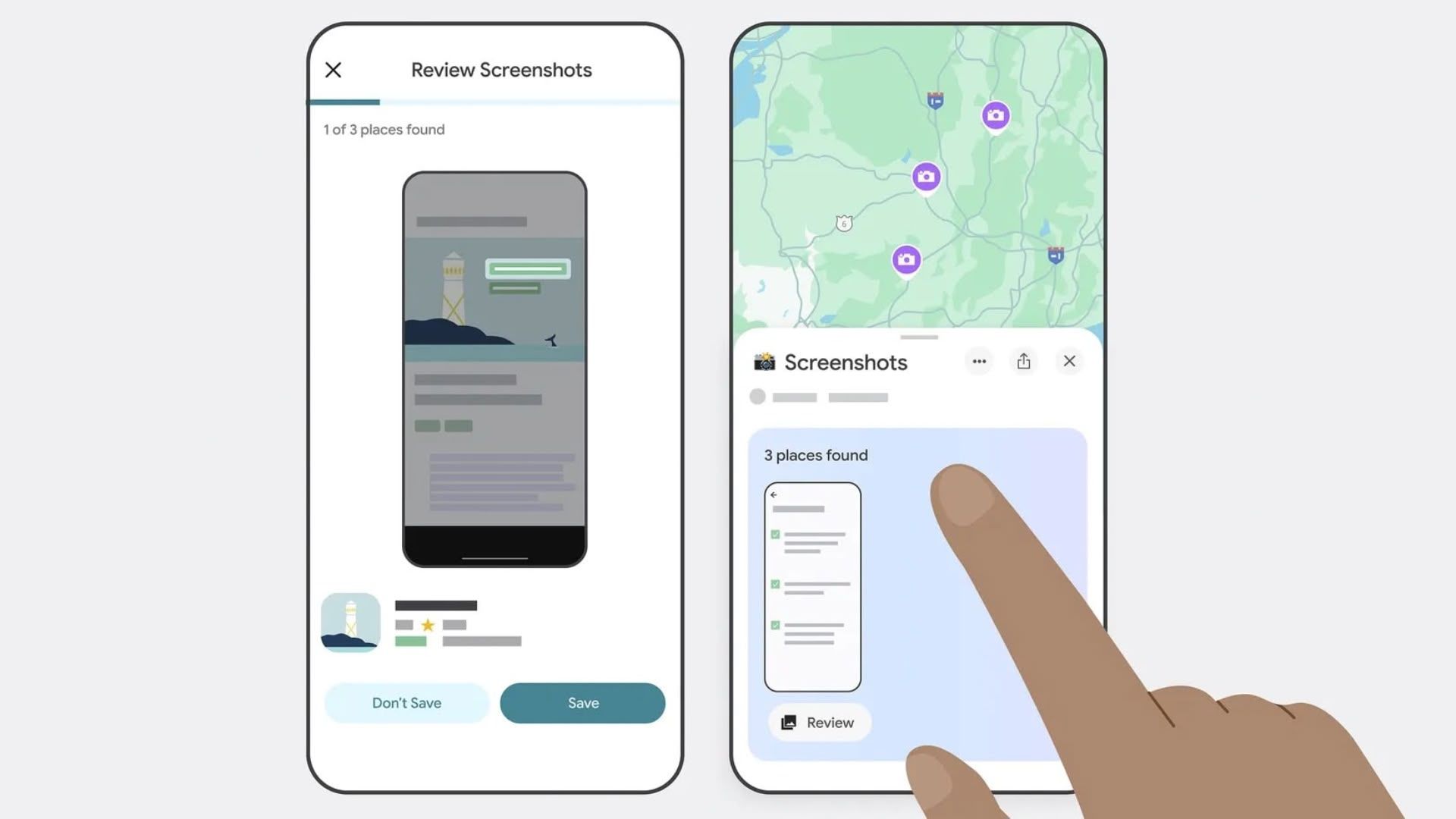Practical JavaScript Tips and Tricks for Developers
JavaScript is a versatile and powerful language, but mastering it requires continuous learning and practice. Whether you're a beginner or an experienced developer, there are always new tricks to improve your code quality and efficiency. In this article, we’ll explore practical JavaScript tips and tricks that you can start using right away. 1. Use ?? (Nullish Coalescing) Instead of || The || operator can return unintended values like 0 or false because it checks for falsy values. Use ?? to handle null or undefined specifically. const value = null; const defaultValue = value ?? 'Default Value'; // Returns 'Default Value' 2. Destructure Objects and Arrays Destructuring makes your code cleaner and easier to read when working with objects or arrays. const user = { name: 'John', age: 30 }; const { name, age } = user; // Extracts 'name' and 'age' const numbers = [1, 2, 3]; const [first, second] = numbers; // Extracts the first two elements 3. Use Optional Chaining (?.) Optional chaining prevents errors when accessing deeply nested properties that might not exist. const user = { profile: { name: 'John' } }; console.log(user.profile?.name); // 'John' console.log(user.profile?.age); // undefined (no error) 4. Short-Circuit with Logical Operators Simplify conditional assignments using logical operators. const isLoggedIn = true; const welcomeMessage = isLoggedIn && 'Welcome back!'; // Returns 'Welcome back!' if true 5. Use Template Literals for String Interpolation Template literals make it easier to embed variables and expressions in strings. const name = 'John'; const message = `Hello, ${name}!`; // 'Hello, John!' 6. Use Array.map() and Array.filter() for Cleaner Loops Instead of using for loops, leverage higher-order array methods for cleaner and more functional code. const numbers = [1, 2, 3, 4]; const doubled = numbers.map(num => num * 2); // [2, 4, 6, 8] const even = numbers.filter(num => num % 2 === 0); // [2, 4] 7. Avoid Mutating Arrays with Spread Syntax Use the spread operator (...) to create new arrays instead of mutating the original one. const numbers = [1, 2, 3]; const newNumbers = [...numbers, 4]; // [1, 2, 3, 4] 8. Use Object.keys(), Object.values(), and Object.entries() These methods make it easier to work with objects. const user = { name: 'John', age: 30 }; console.log(Object.keys(user)); // ['name', 'age'] console.log(Object.values(user)); // ['John', 30] console.log(Object.entries(user)); // [['name', 'John'], ['age', 30]] 9. Debounce Expensive Functions Debouncing ensures that a function is executed only after a specified delay, useful for optimizing performance in events like scrolling or resizing. function debounce(func, delay) { let timeout; return function (...args) { clearTimeout(timeout); timeout = setTimeout(() => func.apply(this, args), delay); }; } const handleResize = debounce(() => console.log('Resized!'), 300); window.addEventListener('resize', handleResize); 10. Use fetch() with Async/Await Simplify asynchronous code with async/await when working with APIs. async function fetchData() { try { const response = await fetch('https://api.example.com/data'); const data = await response.json(); console.log(data); } catch (error) { console.error('Error fetching data:', error); } } 11. Use Default Parameters in Functions Set default values for function parameters to avoid undefined values. function greet(name = 'Guest') { return `Hello, ${name}!`; } console.log(greet()); // 'Hello, Guest!' 12. Use Set for Unique Values The Set object automatically removes duplicate values. const numbers = [1, 2, 2, 3, 4, 4]; const uniqueNumbers = [...new Set(numbers)]; // [1, 2, 3, 4] 13. Use console.table() for Debugging console.table() provides a cleaner way to display arrays or objects in the console. const users = [ { name: 'John', age: 30 }, { name: 'Jane', age: 25 }, ]; console.table(users); 14. Use Intl for Formatting The Intl object provides powerful tools for formatting dates, numbers, and currencies. const date = new Date(); console.log(new Intl.DateTimeFormat('en-US').format(date)); // 'MM/DD/YYYY' const number = 123456.789; console.log(new Intl.NumberFormat('en-US', { style: 'currency', currency: 'USD' }).format(number)); // '$123,456.79' 15. Use try...catch for Error Handling Wrap risky code in try...catch blocks to handle errors gracefully. try { const result = riskyFunction(); console.log(result); } catch (error) { console.error('An error occurred:', error); } Conclusion These JavaScript tips and tricks can help you write cleaner, more

JavaScript is a versatile and powerful language, but mastering it requires continuous learning and practice. Whether you're a beginner or an experienced developer, there are always new tricks to improve your code quality and efficiency. In this article, we’ll explore practical JavaScript tips and tricks that you can start using right away.
1. Use ?? (Nullish Coalescing) Instead of ||
The || operator can return unintended values like 0 or false because it checks for falsy values. Use ?? to handle null or undefined specifically.
const value = null;
const defaultValue = value ?? 'Default Value'; // Returns 'Default Value'
2. Destructure Objects and Arrays
Destructuring makes your code cleaner and easier to read when working with objects or arrays.
const user = { name: 'John', age: 30 };
const { name, age } = user; // Extracts 'name' and 'age'
const numbers = [1, 2, 3];
const [first, second] = numbers; // Extracts the first two elements
3. Use Optional Chaining (?.)
Optional chaining prevents errors when accessing deeply nested properties that might not exist.
const user = { profile: { name: 'John' } };
console.log(user.profile?.name); // 'John'
console.log(user.profile?.age); // undefined (no error)
4. Short-Circuit with Logical Operators
Simplify conditional assignments using logical operators.
const isLoggedIn = true;
const welcomeMessage = isLoggedIn && 'Welcome back!'; // Returns 'Welcome back!' if true
5. Use Template Literals for String Interpolation
Template literals make it easier to embed variables and expressions in strings.
const name = 'John';
const message = `Hello, ${name}!`; // 'Hello, John!'
6. Use Array.map() and Array.filter() for Cleaner Loops
Instead of using for loops, leverage higher-order array methods for cleaner and more functional code.
const numbers = [1, 2, 3, 4];
const doubled = numbers.map(num => num * 2); // [2, 4, 6, 8]
const even = numbers.filter(num => num % 2 === 0); // [2, 4]
7. Avoid Mutating Arrays with Spread Syntax
Use the spread operator (...) to create new arrays instead of mutating the original one.
const numbers = [1, 2, 3];
const newNumbers = [...numbers, 4]; // [1, 2, 3, 4]
8. Use Object.keys(), Object.values(), and Object.entries()
These methods make it easier to work with objects.
const user = { name: 'John', age: 30 };
console.log(Object.keys(user)); // ['name', 'age']
console.log(Object.values(user)); // ['John', 30]
console.log(Object.entries(user)); // [['name', 'John'], ['age', 30]]
9. Debounce Expensive Functions
Debouncing ensures that a function is executed only after a specified delay, useful for optimizing performance in events like scrolling or resizing.
function debounce(func, delay) {
let timeout;
return function (...args) {
clearTimeout(timeout);
timeout = setTimeout(() => func.apply(this, args), delay);
};
}
const handleResize = debounce(() => console.log('Resized!'), 300);
window.addEventListener('resize', handleResize);
10. Use fetch() with Async/Await
Simplify asynchronous code with async/await when working with APIs.
async function fetchData() {
try {
const response = await fetch('https://api.example.com/data');
const data = await response.json();
console.log(data);
} catch (error) {
console.error('Error fetching data:', error);
}
}
11. Use Default Parameters in Functions
Set default values for function parameters to avoid undefined values.
function greet(name = 'Guest') {
return `Hello, ${name}!`;
}
console.log(greet()); // 'Hello, Guest!'
12. Use Set for Unique Values
The Set object automatically removes duplicate values.
const numbers = [1, 2, 2, 3, 4, 4];
const uniqueNumbers = [...new Set(numbers)]; // [1, 2, 3, 4]
13. Use console.table() for Debugging
console.table() provides a cleaner way to display arrays or objects in the console.
const users = [
{ name: 'John', age: 30 },
{ name: 'Jane', age: 25 },
];
console.table(users);
14. Use Intl for Formatting
The Intl object provides powerful tools for formatting dates, numbers, and currencies.
const date = new Date();
console.log(new Intl.DateTimeFormat('en-US').format(date)); // 'MM/DD/YYYY'
const number = 123456.789;
console.log(new Intl.NumberFormat('en-US', { style: 'currency', currency: 'USD' }).format(number)); // '$123,456.79'
15. Use try...catch for Error Handling
Wrap risky code in try...catch blocks to handle errors gracefully.
try {
const result = riskyFunction();
console.log(result);
} catch (error) {
console.error('An error occurred:', error);
}
Conclusion
These JavaScript tips and tricks can help you write cleaner, more efficient, and maintainable code. Whether you're optimizing performance, improving readability, or debugging, these practical techniques will enhance your development workflow. Start incorporating them into your projects today!









































































































































































![[The AI Show Episode 146]: Rise of “AI-First” Companies, AI Job Disruption, GPT-4o Update Gets Rolled Back, How Big Consulting Firms Use AI, and Meta AI App](https://www.marketingaiinstitute.com/hubfs/ep%20146%20cover.png)

























































































































![[DEALS] The Premium Python Programming PCEP Certification Prep Bundle (67% off) & Other Deals Up To 98% Off – Offers End Soon!](https://www.javacodegeeks.com/wp-content/uploads/2012/12/jcg-logo.jpg)

















































































































































































































































![Honor 400 series officially launching on May 22 as design is revealed [Video]](https://i0.wp.com/9to5google.com/wp-content/uploads/sites/4/2025/05/honor-400-series-announcement-1.png?resize=1200%2C628&quality=82&strip=all&ssl=1)













![Beats Studio Pro Wireless Headphones Now Just $169.95 - Save 51%! [Deal]](https://www.iclarified.com/images/news/97258/97258/97258-640.jpg)





































































































